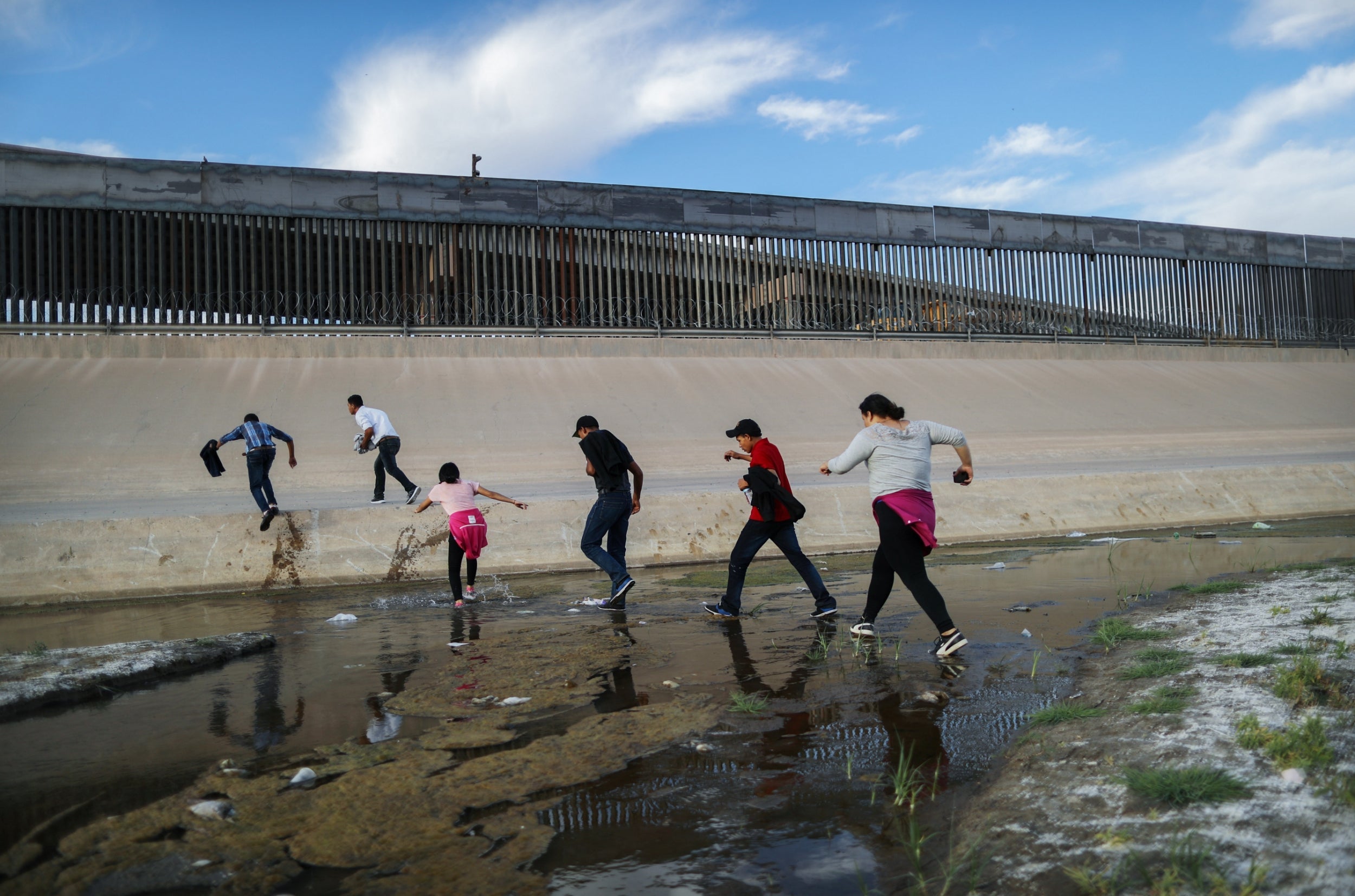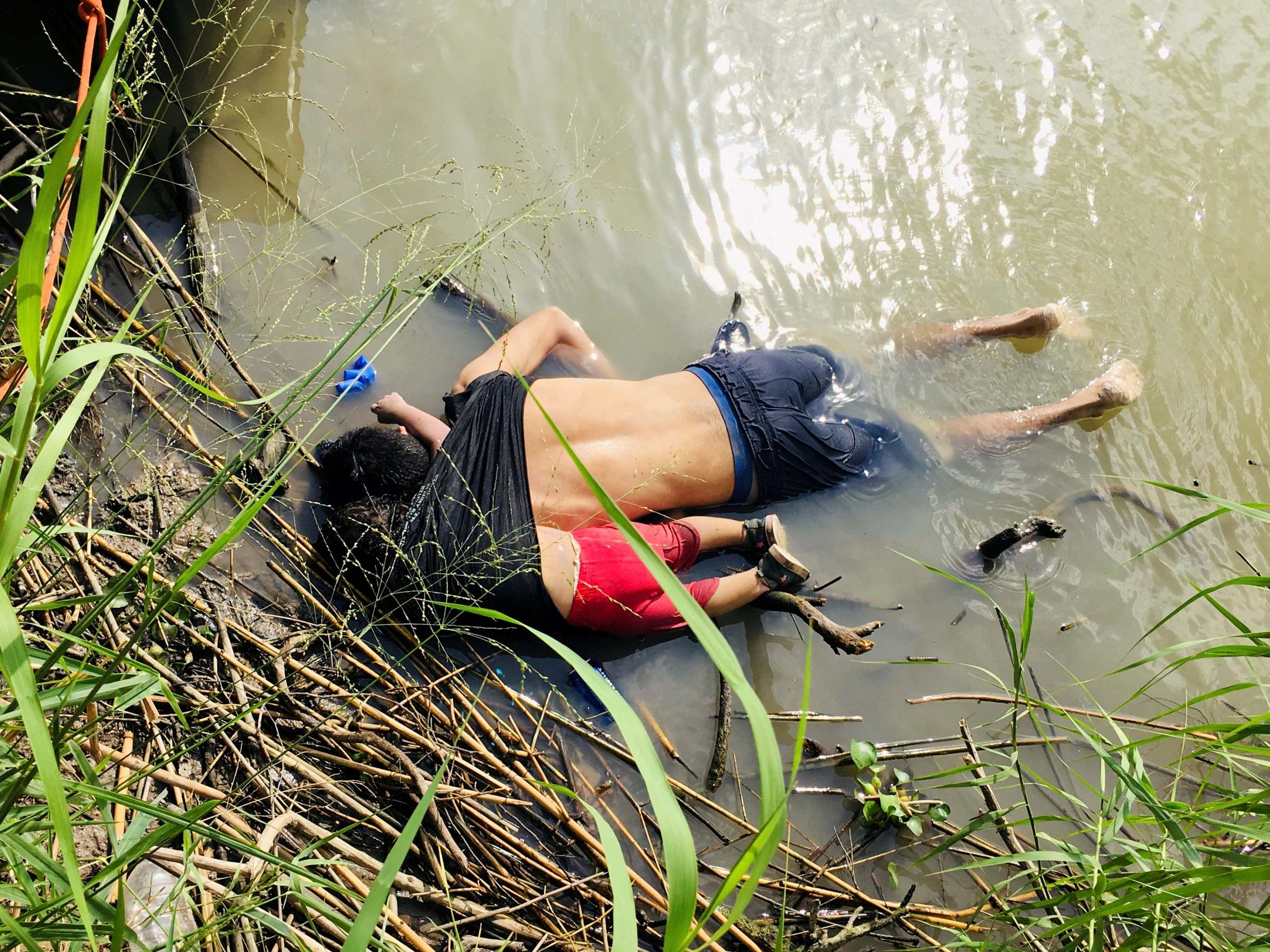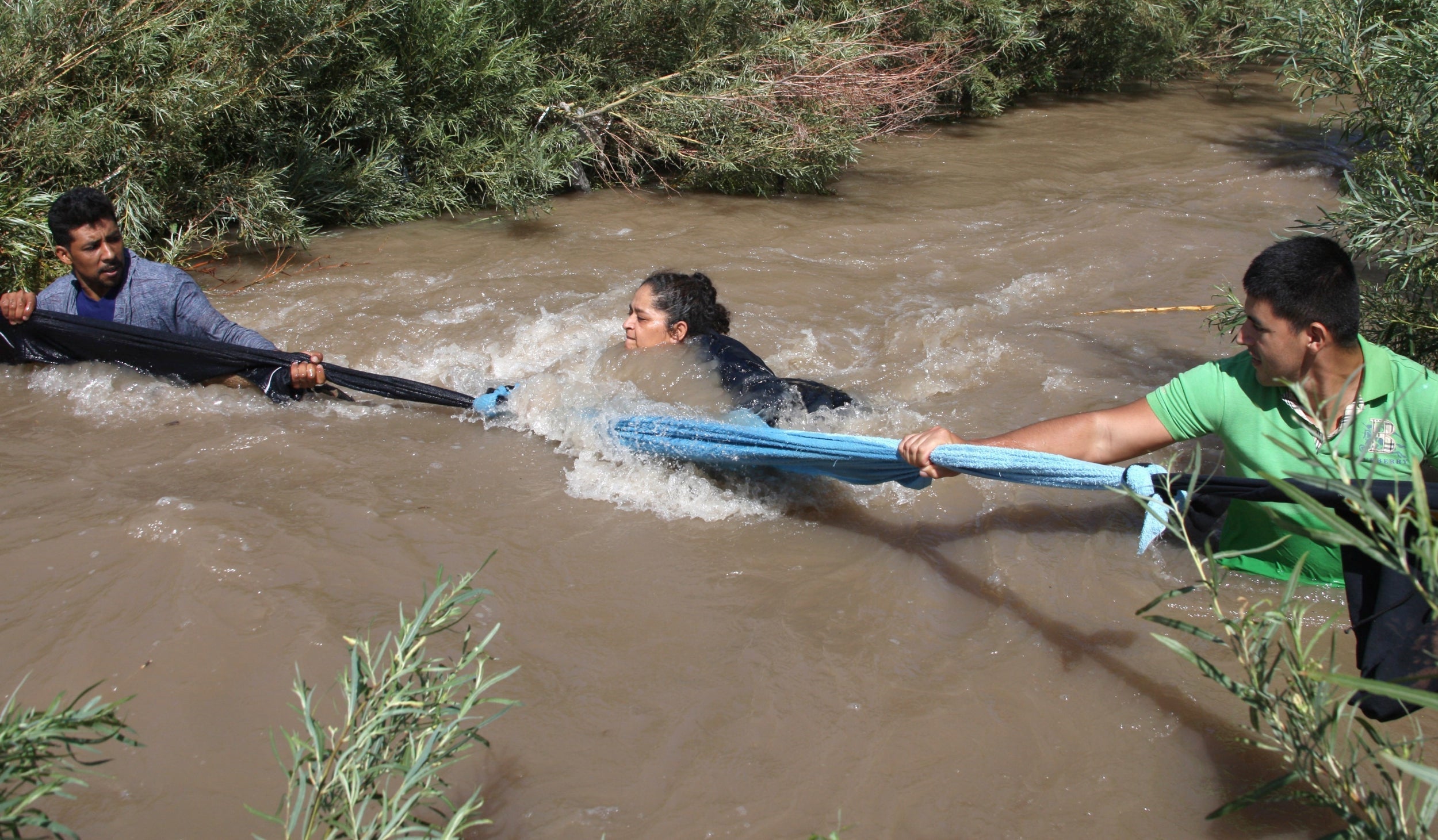‘More deaths, more disappearances’: What the photo of the drowned migrant father and daughter says about Trump’s immigration policies
Analysis: Experts and activists along border had been warning Trump’s policies would lead to increase in deaths, writes Clark Mindock


Your support helps us to tell the story
From reproductive rights to climate change to Big Tech, The Independent is on the ground when the story is developing. Whether it's investigating the financials of Elon Musk's pro-Trump PAC or producing our latest documentary, 'The A Word', which shines a light on the American women fighting for reproductive rights, we know how important it is to parse out the facts from the messaging.
At such a critical moment in US history, we need reporters on the ground. Your donation allows us to keep sending journalists to speak to both sides of the story.
The Independent is trusted by Americans across the entire political spectrum. And unlike many other quality news outlets, we choose not to lock Americans out of our reporting and analysis with paywalls. We believe quality journalism should be available to everyone, paid for by those who can afford it.
Your support makes all the difference.At another time, in a different place, the photo could have shown the father and his 23-month-old daughter hugging.
She has her arm wrapped around the back of his neck, hoisted up as if she is being carried. It’s summer, hot, and in southern Texas.
But, the final photos taken of the two migrants together couldn’t be further from a memory to cherish. The two bodies, in an image reminiscent of Syrian refugee Alan Kurdi washed up on a Turkish beach, were floating in the shallow bank of the Rio Grande, their journey to US never realised.
That harrowing image of the two El Salvadorans, just inches away from a country they hoped would bring opportunity, has become the latest portrait of the human toll of American immigration policies that tell people who have travelled thousands of miles for relief that there is no more room in the United States.
It is a tragedy that immigration and border experts say is all too common along the thousands of miles of US-Mexico border. And it is one seemingly exacerbated by the types of “metering” policies where immigrants are told at border points of entry that they must wait indefinitely, pushing them to gamble on dangerous journeys across the border. In this case, that journey was through a river that looked calm and serene on the surface, but hid a dangerous current made swift from dam releases for irrigation.
“We saw that image today that broke our hearts,” presidential candidate Julian Castro said on Wednesday during the first Democratic debate, where he and his fellow 2020 candidates denounced the Trump administration’s immigration policies. “It should also piss us all off.”

Stephanie Zamora, the advocacy director for the Colibri Centre for Human Rights, a group that works to identify migrant bodies found in the Arizona desert, told The Independent in an interview earlier this year that the Trump administration policies of metering and zero-tolerance at the border would have this sort of impact.
“They’ve already made the journey. They’ve already left a desperate situation. They’re already here, and the big fear is that more people will try to cross the border,” Ms Zamora said.
“It’s going to lead to more deaths, and disappearances,” she continued, describing the metering policy where migrants seeking asylum are only allowed to claim that relief when called upon.
From the scorching Sonoran desert in southern Arizona where Ms Zamora and others find bodies baking, to the Rio Grande where Oscar Alberto Martinez Ramirez and his daughter Valeria were found on Monday, the 2,000-mile US-Mexico border has taken thousands of lives in the past couple of decades.
Beginning especially in the 1990s during the administration of Bill Clinton, with the first major constructions of US border walls and apprehensions, and extending through the three presidencies that have followed, American efforts to tighten the border through diversionary fences has led migrants into exposed and treacherous terrain.
In the desert during the summer, temperatures regularly climb to above 37C. Those same deserts see migrants freezing to death at night. Along the Rio Grande, the waters provide their own peril.
Some 3,000 migrant bodies have been found in the Sonoran desert alone over the past couple of decades. The bodies are found wearing Nikes, and with photographs of their children. Their hands sometimes clutch folded pieces of paper with the phone number of the only person they know in the destination town they will now never see. High heels lay strewn near the corpses.

Dr Gregory Hess, who has been the medical examiner in Pima County since 2000, told The Independent that they saw border deaths begin to spike in the early 2000s, following a trend of increased border apprehensions that forced migrants into isolated areas.
“It’s an ongoing problem for us,” he said in an interview, describing his work, which involves working to identify those bodies.
The Trump administration’s focus on zero tolerance and metering has appeared to exacerbate the situation, and led to migrants routing around points of entry where they are told to wait – sometimes for weeks, if not longer – to enter the legal system.
In response, data from US Customs and Border Protection released earlier this year shows that migrants are showing up at Border Patrol outposts in remote areas, where they can claim asylum because they have already entered the US, after years of those figures declining.
It remains to be seen whether those figures will actually mean a spike in border deaths, but the figures are striking. There were 283 recorded migrant deaths along the border last year, but the toll for this year has so far not been released.
It appears as though Martinez felt he could not wait any longer.
His mother, Rosa Ramirez, told the Associated Press that her son, his wife, and her granddaughter, began their journey from Central America on 3 April. They spent about two months at a shelter in Tapachula, near Mexico’s border with Guatemala.
On Sunday morning, the 25-year-old Martinez and his 21-year-old wife, Tania Vanessa Alvalos, arrived in the border town of Matamoros. They presented themselves to the US Consulate to try and get a date to request asylum.
What they were told is uncertain, but waits are long for those meetings. A shelter director in Matamoros, for instance, recently said there are only about 40 to 45 asylum interviews being conducted there each week. Meanwhile, between 800 and 1,700 people have put their names on the waiting list.
So, Martinez took a fatal chance to finish the journey. He nearly made it.
“I begged them not to go, but he wanted to scrape together money to build a home,” Ms Ramirez said. “They hoped to be there a few years and save up for the house.”
Join our commenting forum
Join thought-provoking conversations, follow other Independent readers and see their replies
Comments